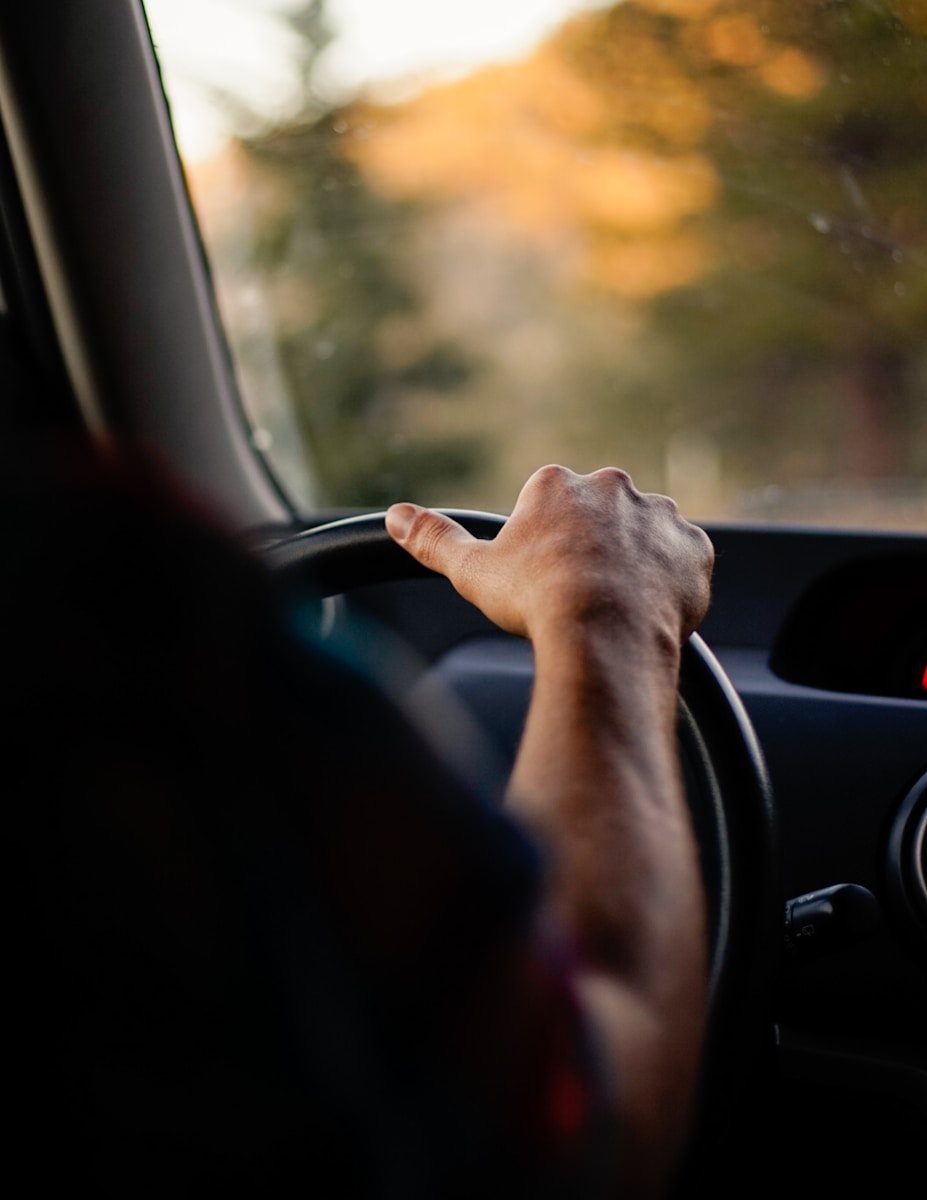Key Takeaways
- A 77-year-old man is accused of driving off-road and hitting a woman during a protest.
- He insists the pickup hits protester claim is false and he didn’t see anyone.
- A 53-year-old woman was treated for a leg injury and released.
- Police are reviewing potential charges despite the driver’s claim of clearance.
- Witnesses say the move was deliberate and political in nature.
A man in his late seventies denies any intent when a pickup hits protester during a northeastern Ohio rally. He claims he did not even see the crowd and only recalls driving home. Yet witnesses and police say the truck veered off the road and struck a demonstrator. This clash has sparked a debate over motive, safety, and accountability.
Background of the Protest
Thousands gathered near North Park in Jackson Township to protest the president’s policies. Organizers counted millions nationwide. The event remained peaceful for hours, with chants, signs, and speeches. However, tensions can rise when politics and traffic mix.
What Happened During the Crash
At about midday on Saturday, a white 2023 Ford F-150 left the pavement. It climbed the curb, struck a 53-year-old woman, and sped away. Witnesses photographed the license plate. The driver drove back onto the road and continued home without stopping.
Man’s Explanation and Denial
The Canton Repository tracked down the 77-year-old at his residence. He told reporters he does not remember driving onto the curb. He insists he did not target protesters. “It wasn’t anything like on purpose,” he said. He added that he did not see the crowd and was just heading home. He even claims local police gave him a “thumbs-up” and told him not to worry. Yet the police chief denies any such conversation occurred.
Police and Witness Reactions
Jackson Township Police Chief Mark J. Brink says no officer praised the man. Investigators used photos from witnesses to identify the truck. State troopers helped locate the owner. Police are now consulting with the Massillon City Prosecutor’s Office on possible charges. Meanwhile, demonstrators remain skeptical. Lorraine Wilburn, who snapped the plate, says, “It was definitely on purpose. He went up on the curb. She took a direct hit.” She fears the crash could have been far worse.
Woman’s Injuries and Treatment
The 53-year-old victim is from Bethlehem Township. She was taken by ambulance to a nearby hospital. Doctors treated her for a leg injury that they believe is minor. She was able to raise her fist after the hit and say she was okay. However, a broken bone has not been ruled out. She spent several hours under observation before being released home.
Possible Legal Outcome
So far, no charges have been filed. Police say they are reviewing evidence and witness statements. If prosecutors believe the pickup hits protester claim was intentional, the driver could face serious charges such as assault or reckless endangerment. On the other hand, if they accept the man’s account, he may avoid any criminal penalty. Either way, the case highlights how a brief moment on the road can lead to legal scrutiny.
Community Reaction and Next Steps
Local residents express mixed feelings. Some support the driver’s right to free speech and range of motion. Others worry about safety at public gatherings. Community leaders plan a meeting to discuss protest routes and traffic management. They hope to prevent future accidents and calm tensions. Meanwhile, protesters and organizers are urging drivers to slow down and stay alert near marches.
Analysis of Intent vs. Accident
When a pickup hits protester, the question of intent often shapes public opinion. In this case, the driver’s age and clean record may work in his favor. Yet eyewitness accounts and photo evidence paint a different picture. As the investigation moves forward, courts will weigh whether the deviation from the road was a genuine mistake or a deliberate act to send a political message.
Impact on Future Protests
This incident could change how local authorities handle demonstrations. Officials may impose clearer traffic controls, require road closures, or set stricter rules for drivers nearby. Protest organizers might also rethink their routes, add more marshals, or use barriers. If charges follow, it will set a legal precedent for similar cases nationwide.
Lessons for Drivers and Protesters
Whenever a pickup hits protester, both sides bear responsibility for safety. Drivers must stay vigilant around crowds and respect road signs. Protesters should remain aware of nearby traffic and avoid sudden road crossings. Clear communication between law enforcement, organizers, and drivers can reduce risks. Education on protest etiquette and road safety might save lives.
Human Side of the Story
Beyond the legal fight, this episode involves real people. A woman suffered pain and fear in a split second. A man in his seventies faces potential prosecution and public scrutiny. Families on both sides wonder how a normal drive became a headline. Emphasizing empathy and dialogue could heal wounds faster than any court verdict.
Conclusion
The pickup hits protester case in northeast Ohio underscores the fragile line between peaceful protest and road danger. As police sort out motive, the community seeks ways to keep voices heard without endangering lives. Whether the crash was an accident or deliberate, it has sparked a vital conversation on protest safety, driver responsibility, and the power of evidence.
Frequently Asked Questions
What charges could the driver face if found intentional?
If prosecutors prove intent, the driver could face charges like assault with a vehicle, aggravated reckless driving, or endangering public safety.
How do police determine intent in such cases?
Investigators review witness statements, vehicle path, driver statements, and physical evidence like tire marks and photos.
Why did the driver claim police cleared him?
He says officers told him not to worry. However, the police chief denies that conversation and continues reviewing the case.
What safety measures can improve protest traffic control?
Organizers and police can plan clear road closures, use barriers, instruct marshals to guide crowds, and communicate with drivers in advance.

